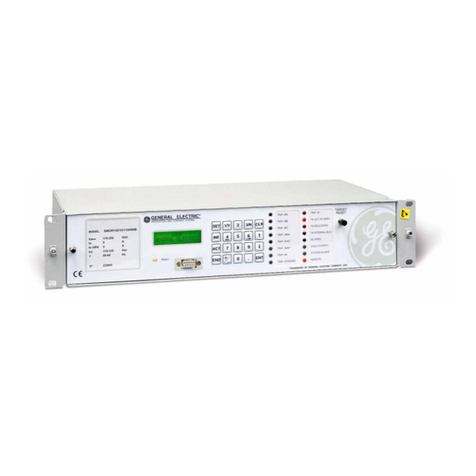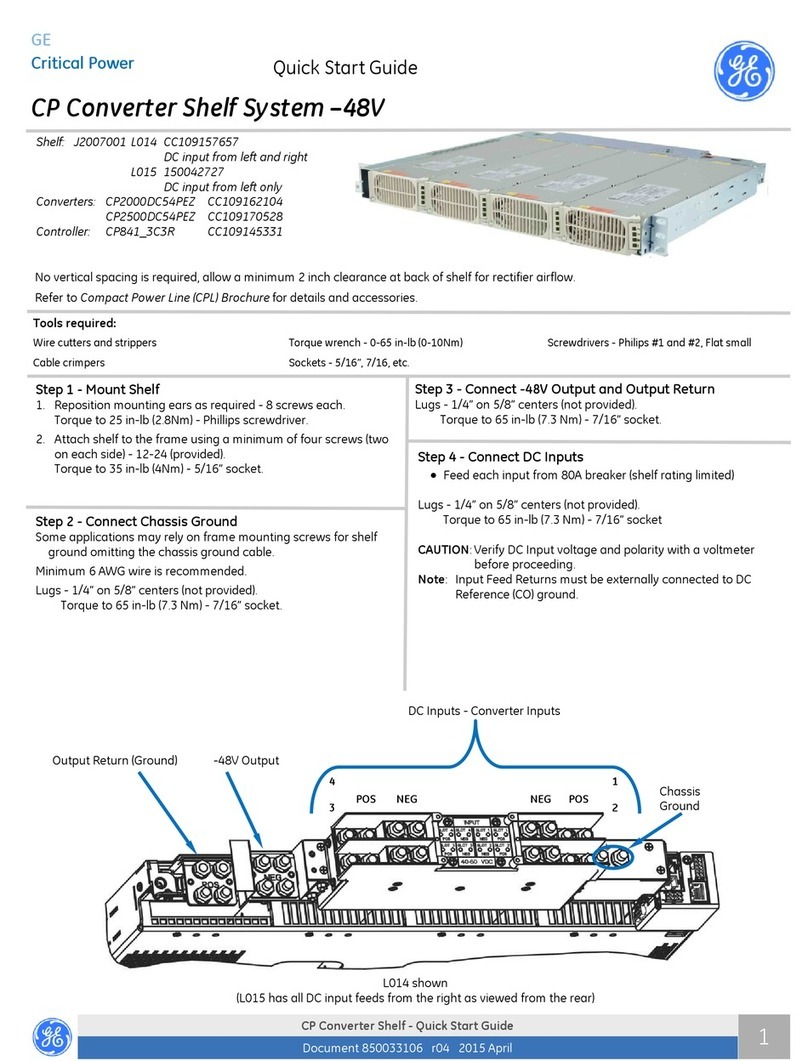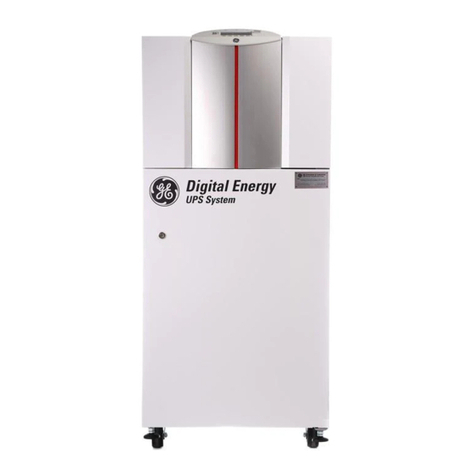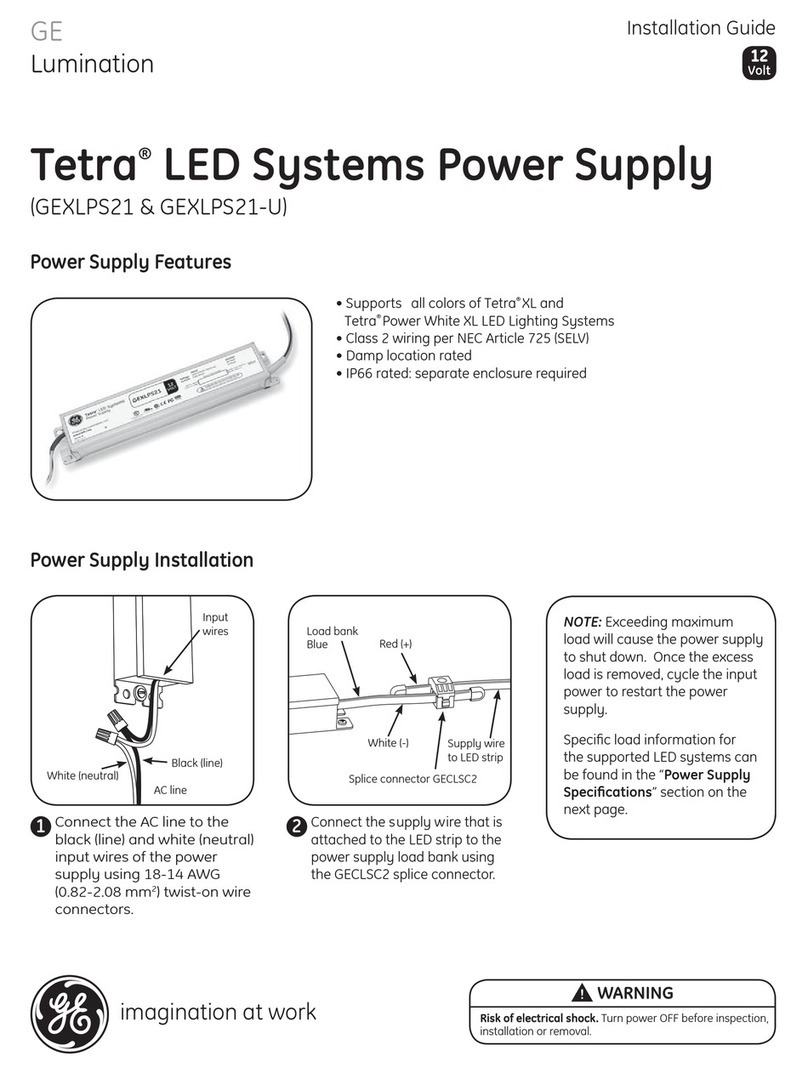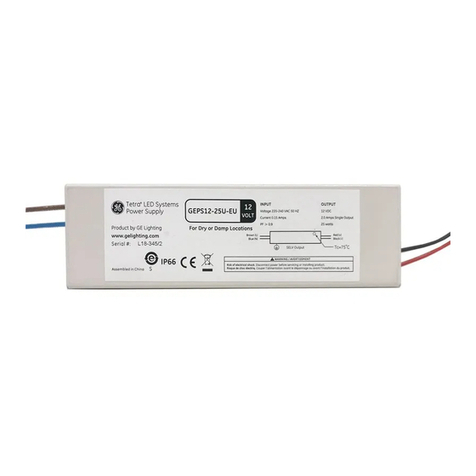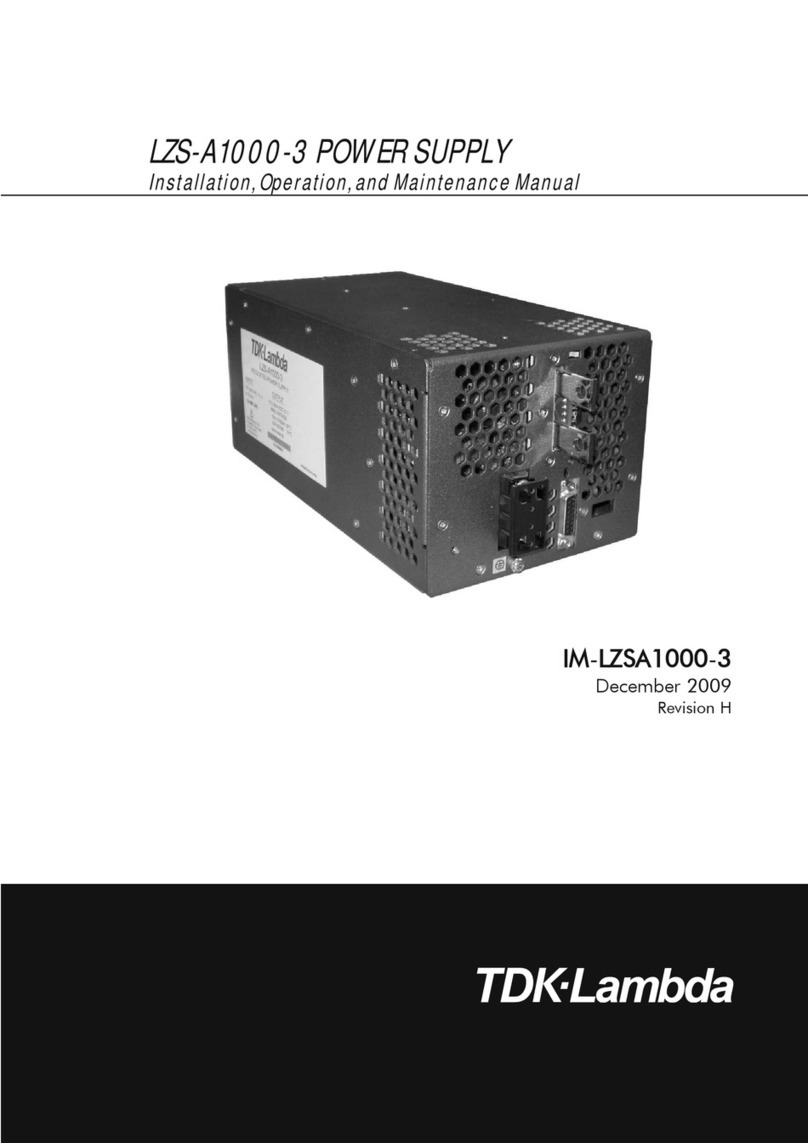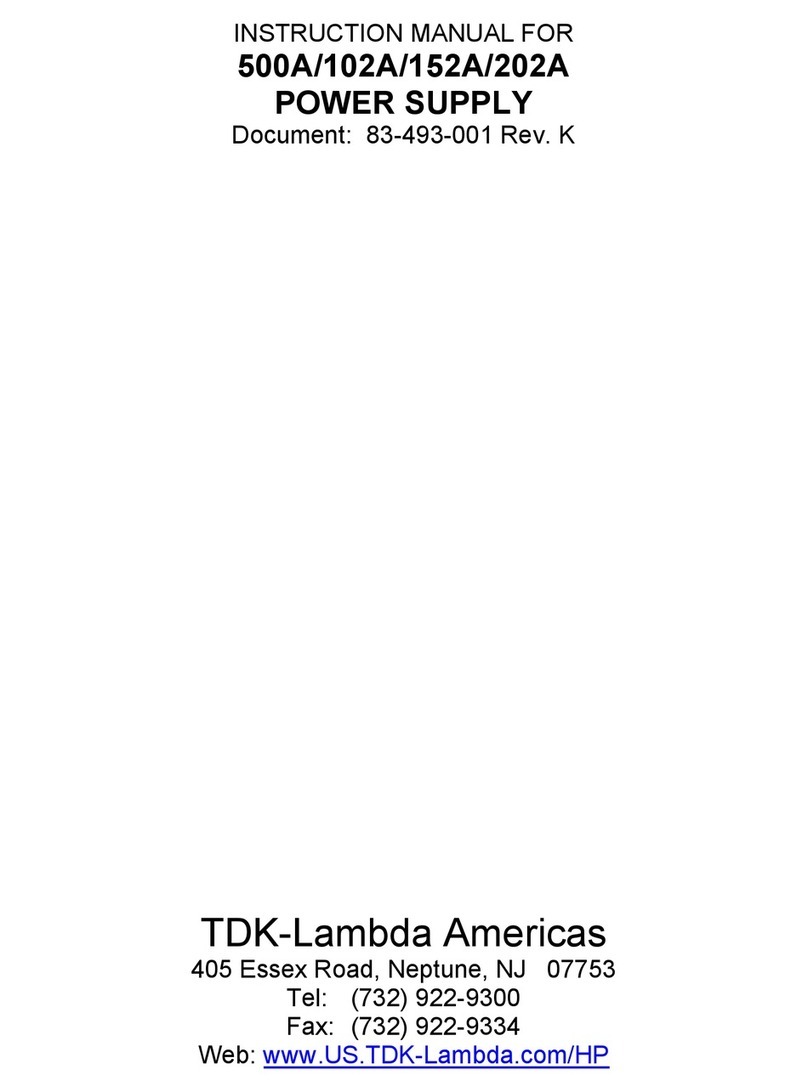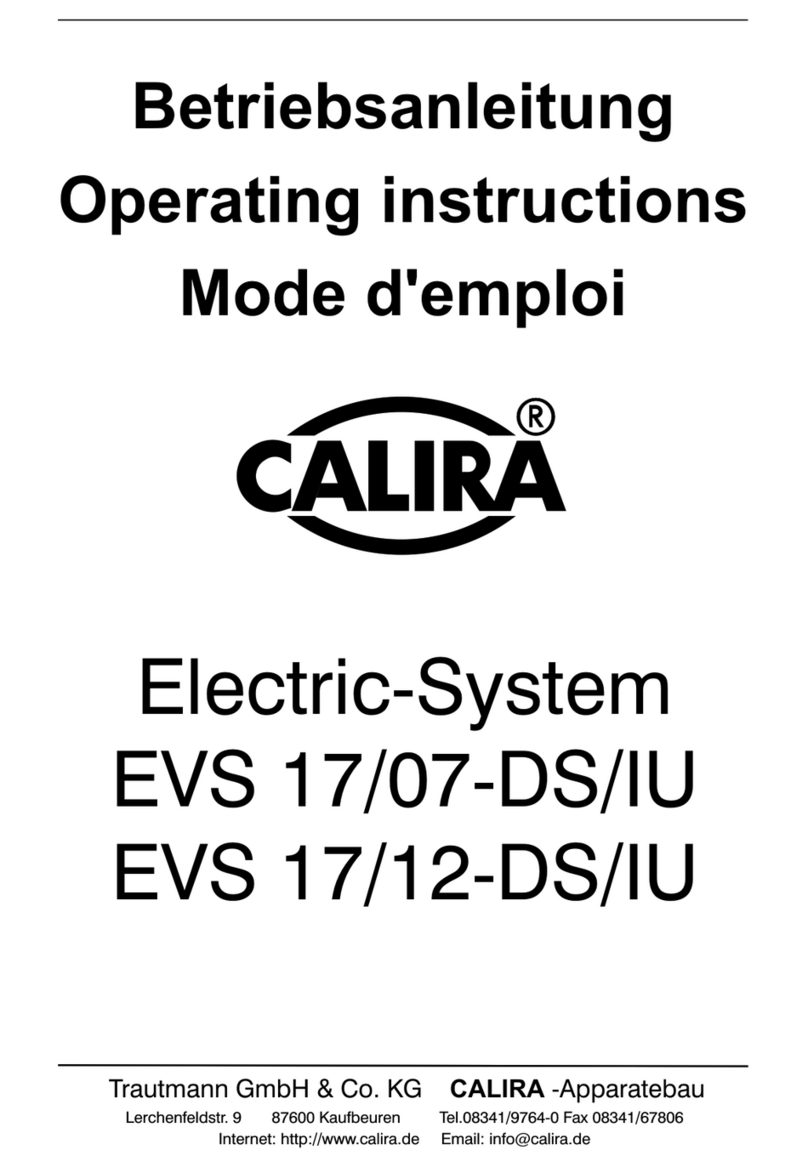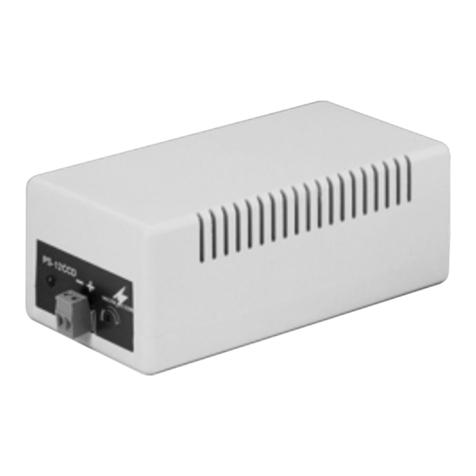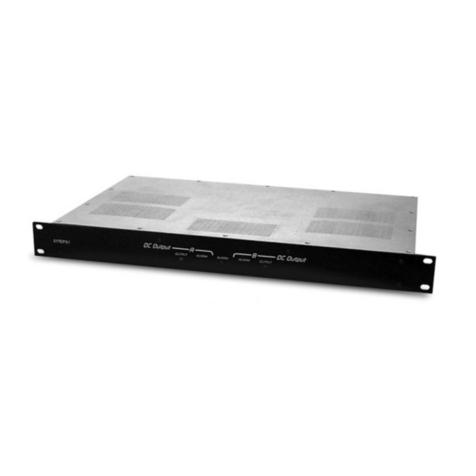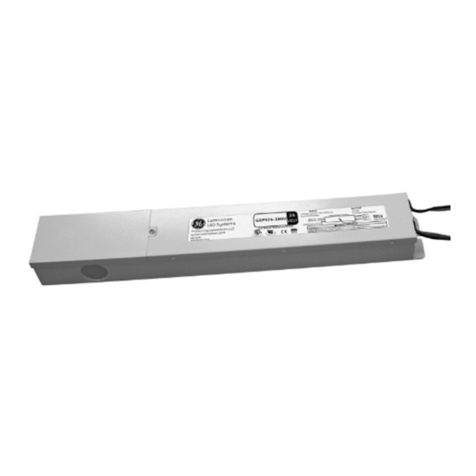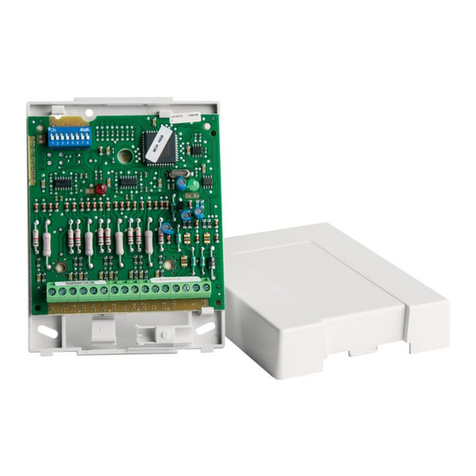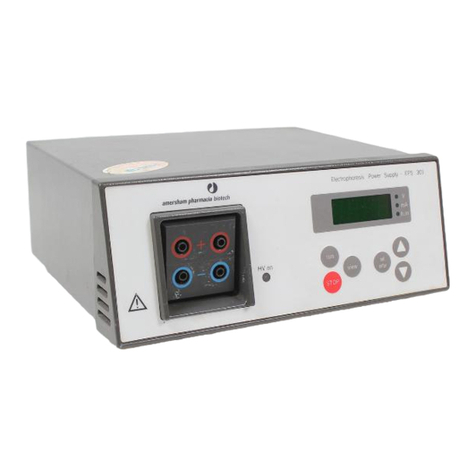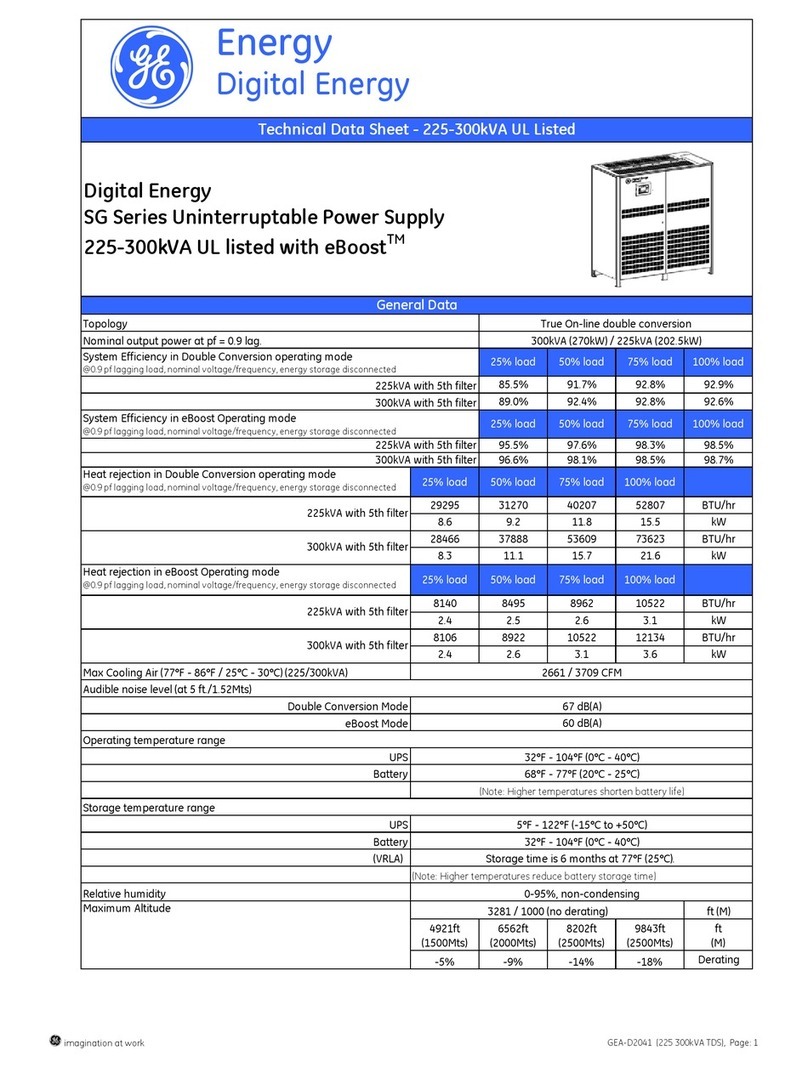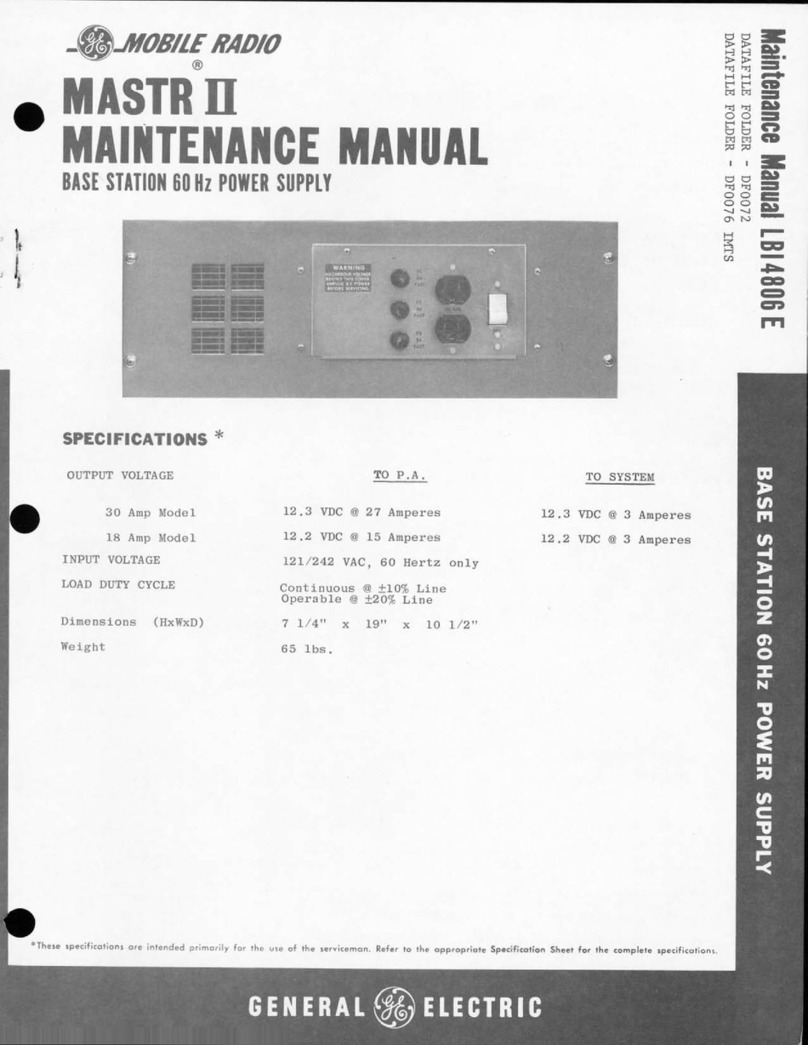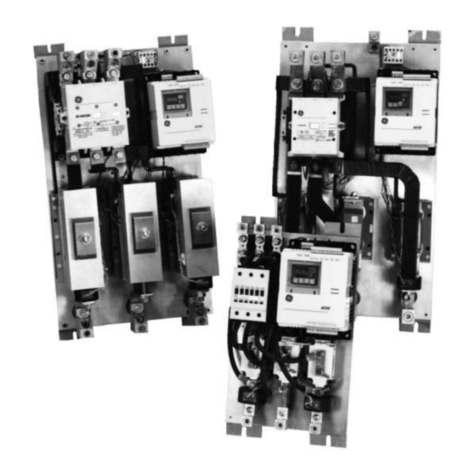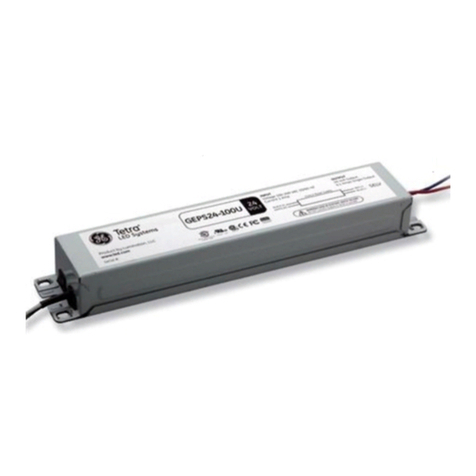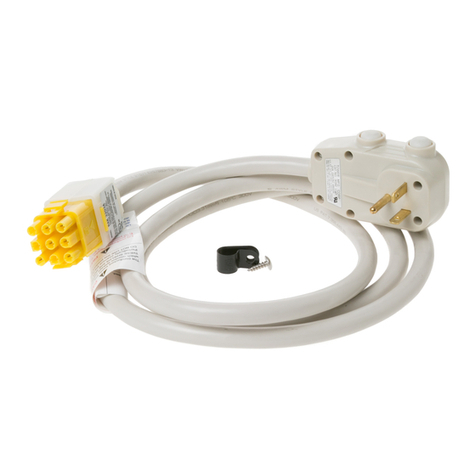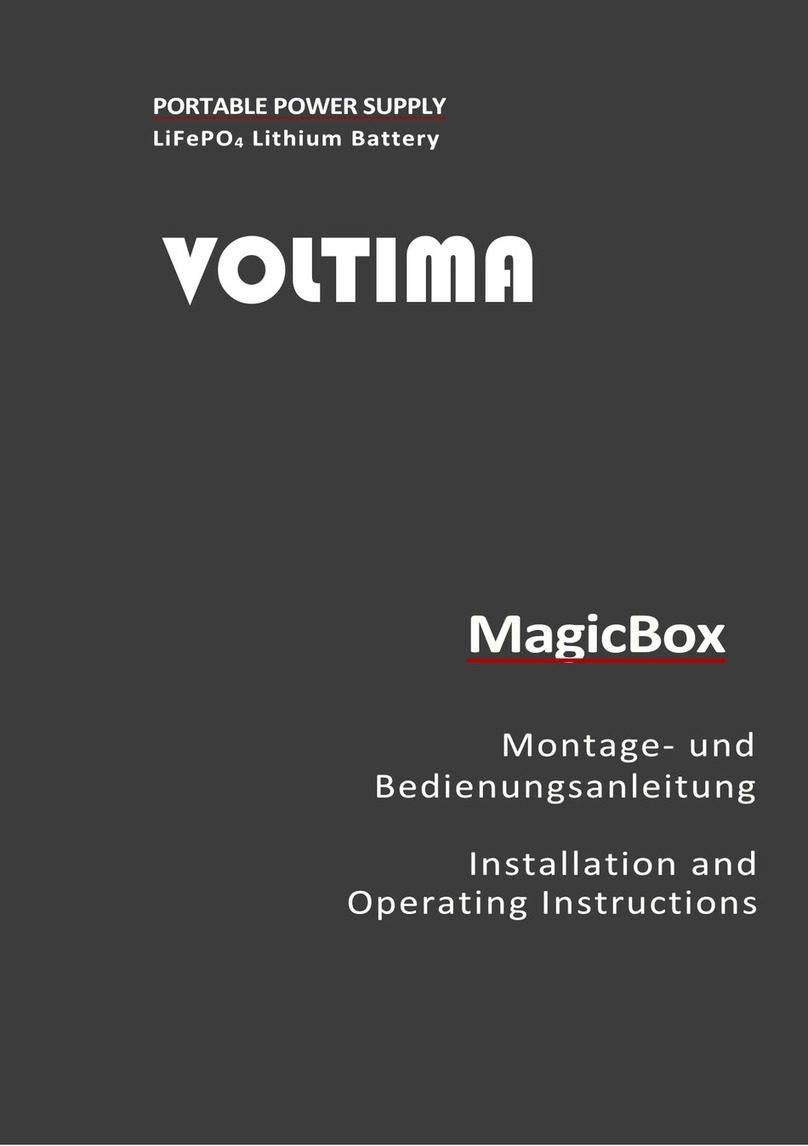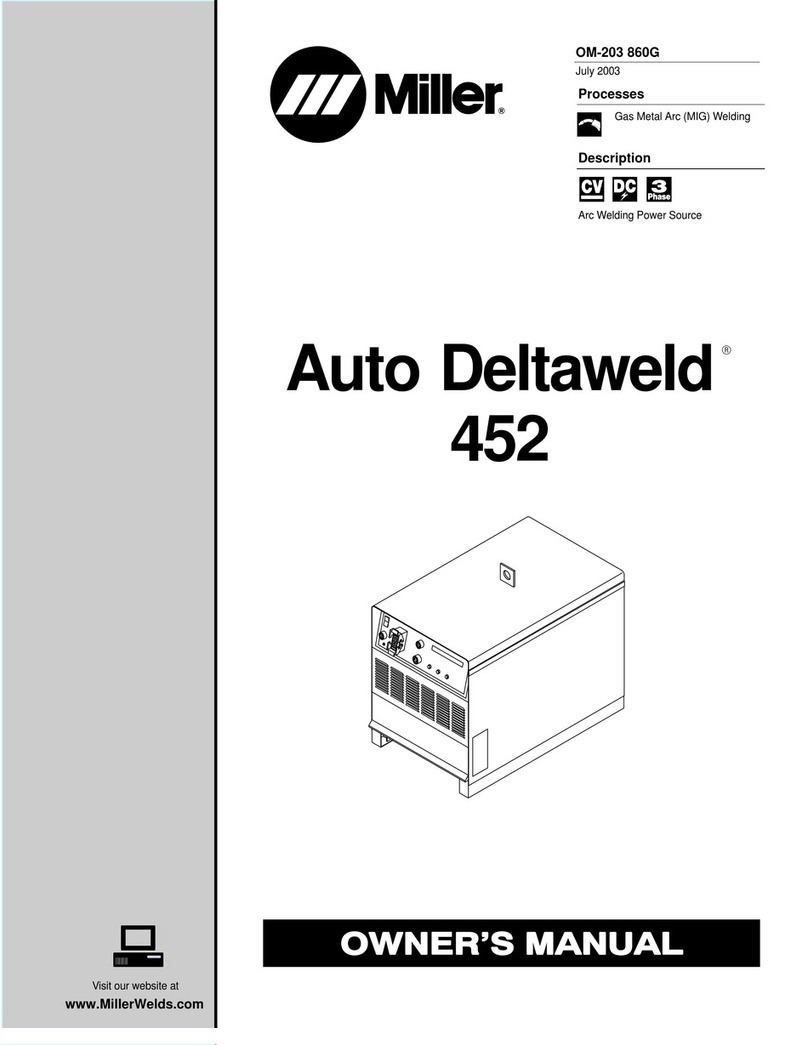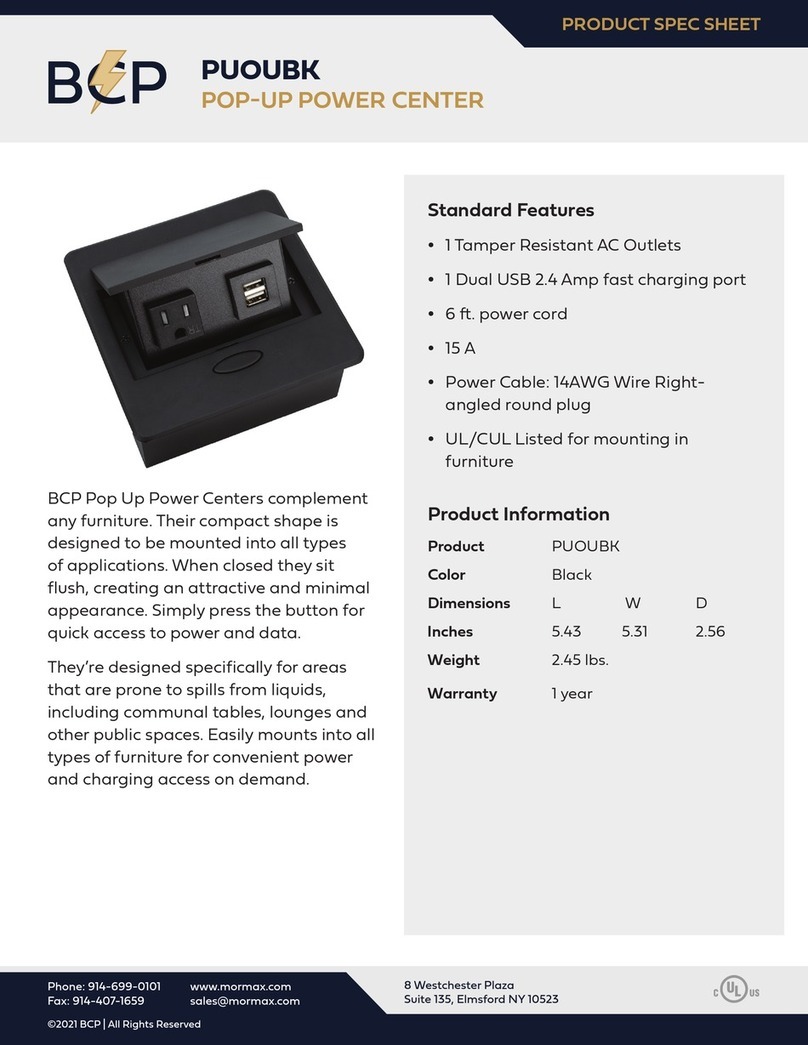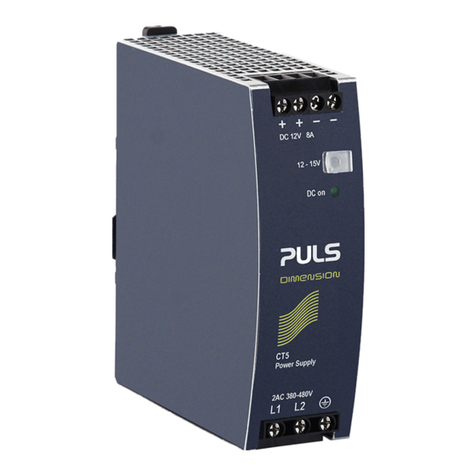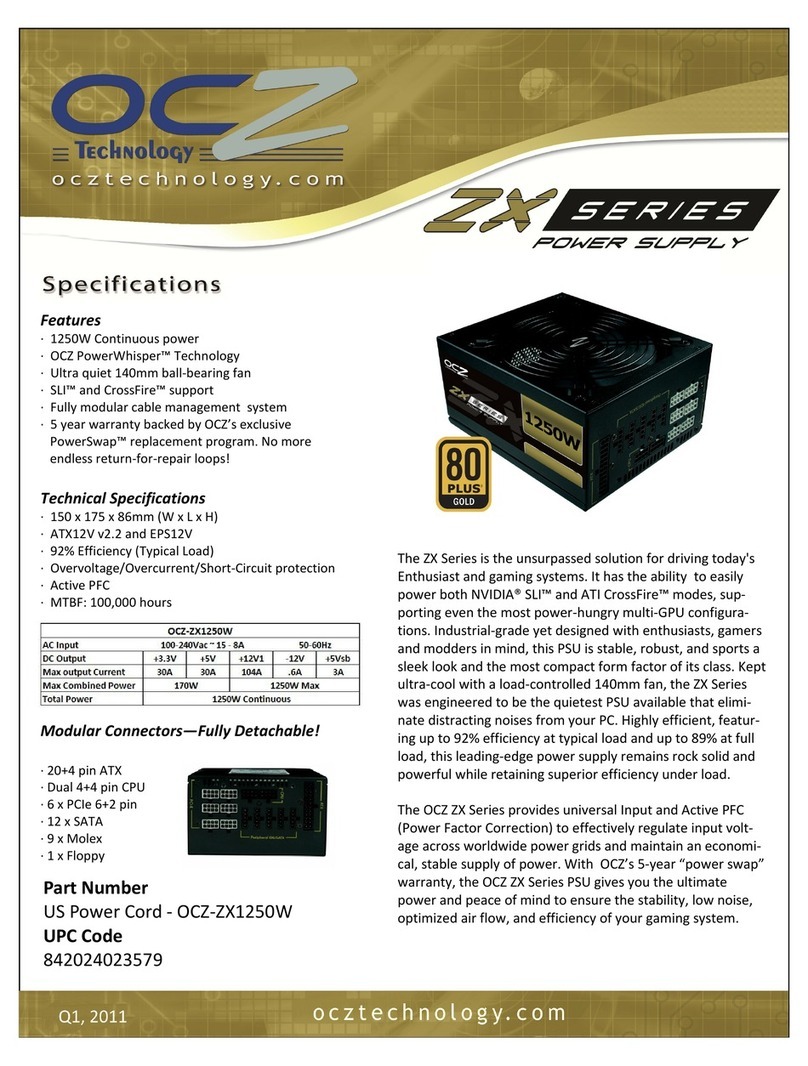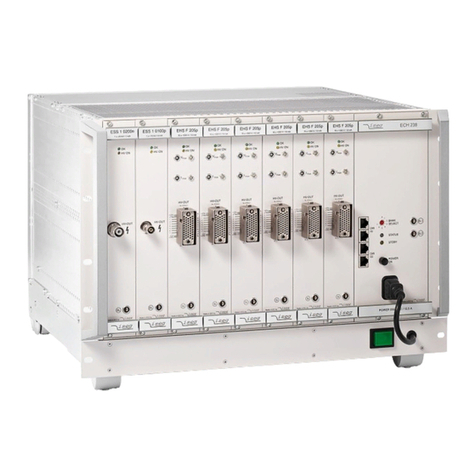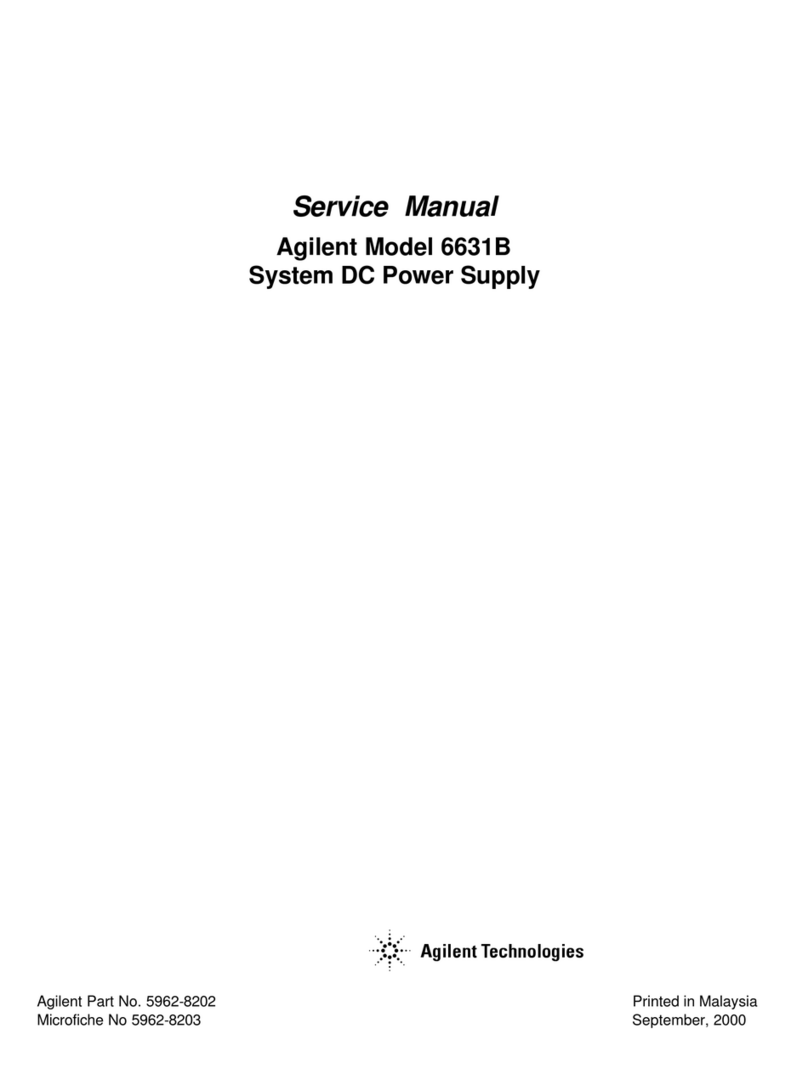
NX-320E Power Supply 3
TABLE OF CONTENTS
I. GENERAL DESCRIPTION ............................................................................................................4
II. ORDERING INFORMATION ........................................................................................................4
III. UNDERWRITERS LABORATORIES INFORMATION .................................................................4
IV. ENCLOSURE DIAGRAM..............................................................................................................5
V. BATTERY CALCULATION TABLE...............................................................................................5
VI. TERMINAL DESCRIPTIONS........................................................................................................6
VII. WIRING REQUIREMENTS...........................................................................................................6
VIII. LAYOUT .......................................................................................................................................7
IX. ADDRESSING ..............................................................................................................................8
X. ENROLLING .................................................................................................................................8
XI. UNDERSTANDING THE LEDS....................................................................................................8
XII. PROGRAMMING .........................................................................................................................9
I.A. USING THE LED KEYPAD.................................................................................................. 9
I.B. USING THE LCD KEYPAD................................................................................................ 10
I.C. PROGRAMMING DATA ................................................................................................... 10
LOCATION 0 PROGRAMMING EVENT & TIME FOR OUTPUT A........................ 11
LOCATION 1 PROGRAMMING SPECIAL FEATURES FOR OUTPUT A .............. 12
LOCATION 2 PROGRAMMING THE EVENT & TIME FOR OUTPUT B................ 12
LOCATION 3 PROGRAMMING SPECIAL FEATURES FOR OUTPUT B............... 12
LOCATION 4 PROGRAMMING THE EVENT & TIME FOR OUTPUT C................ 13
LOCATIONS 6 & 7 RESERVED........................................................................................ 13
LOCATION 8 CODES 1-10 OUTPUT ENABLE....................................................... 14
LOCATION 9 CODES 11-20 OUTPUT ENABLE..................................................... 14
LOCATION 10 CODES 21-30 OUTPUT ENABLE..................................................... 14
LOCATION 11 CODES 31-40 OUTPUT ENABLE..................................................... 14
LOCATION 12 CODES 41-50 OUTPUT ENABLE..................................................... 14
LOCATION 13 CODES 51-60 OUTPUT ENABLE..................................................... 14
LOCATION 14 CODES 61-70 OUTPUT ENABLE..................................................... 15
LOCATION 15 CODES 71-80 OUTPUT ENABLE..................................................... 15
LOCATION 16 CODES 81-90 OUTPUT ENABLE.................................................... 15
LOCATION 17 CODES 91-99 OUTPUT ENABLE.................................................... 15
LOCATION 18 A/C DELAY AND DYNAMIC BATTERY TEST ................................. 15
LOCATION 19 DEVICE OPTIONS ........................................................................... 15
XIII. PROGRAMMING WORKSHEETS .............................................................................................16
XIV. SPECIFICATIONS.......................................................................................................................20

